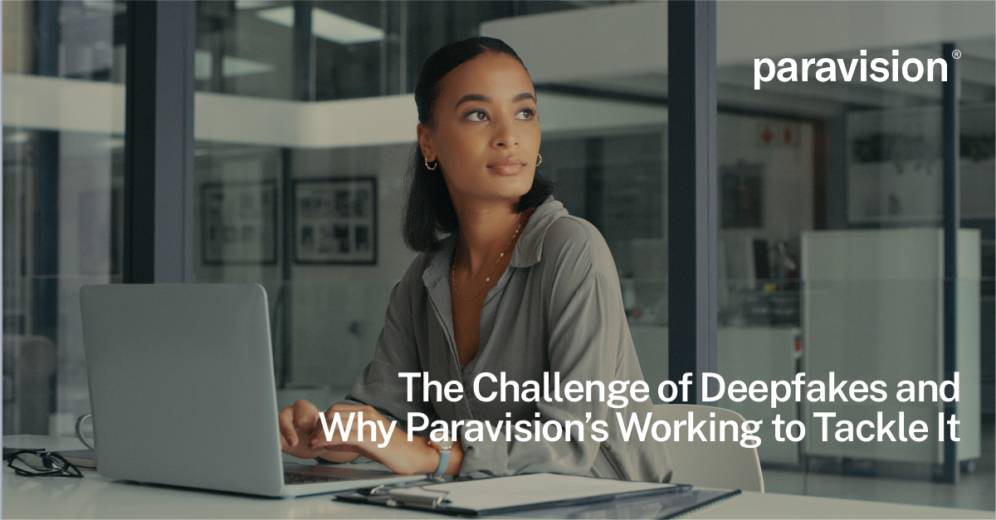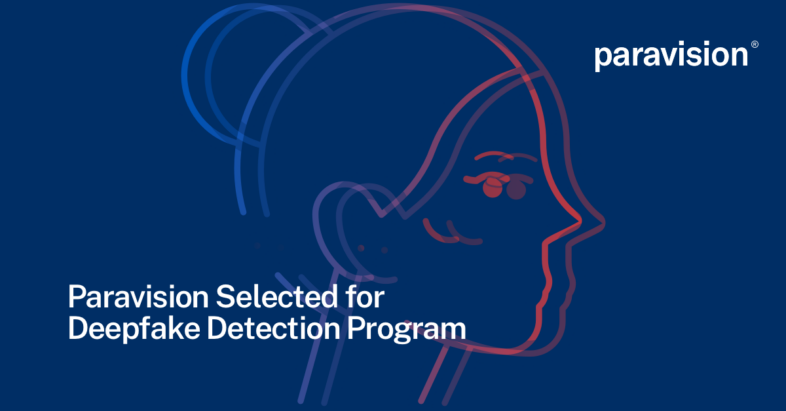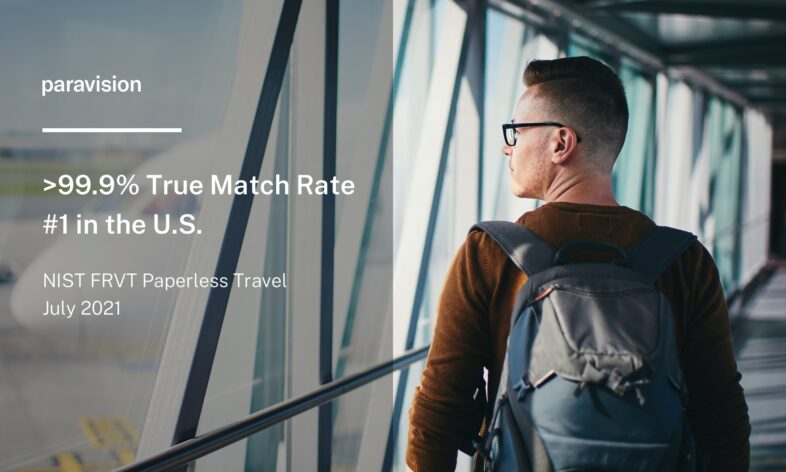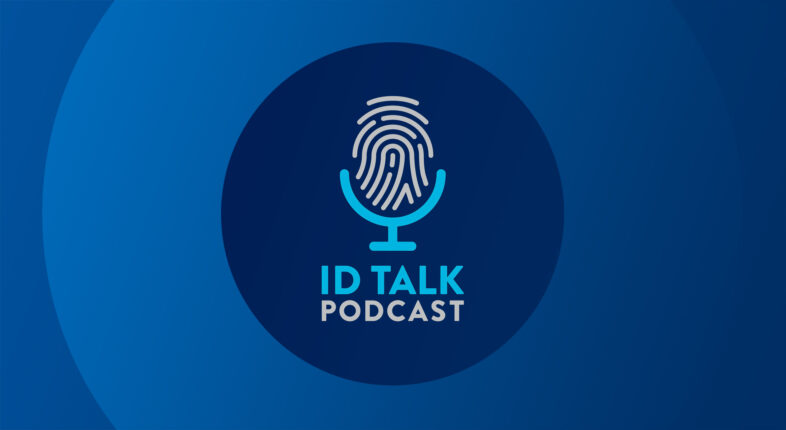This week, Paravision announced that we have partnered with a Five Eyes government agency to develop deepfake detection technology. To date, Paravision has been best known for its face recognition technology. Why tackle deepfakes? Why is this important, and what value can Paravision bring to the discussion?
What is a deepfake?
A deepfake is typically a form of rich media (images, video, voice, etc.) where an individual in the media-type is replaced, via digital manipulation, with a different individual’s likeness.
Deepfakes pose a very serious set of risks
Deepfakes have emerged sporadically in popular media, from the high production value Tom Cruise deepfake1 to the easily debunked but highly concerning Volodymyr Zelenskyy forgery2. The examples we’ve seen so far leave no doubt that this technology represents an urgent problem — that soon anyone will have the ability to manipulate videos and photographs, and substitute faces or expressions onto others of their choosing in a way that is difficult to discern from reality.
Deepfakes pose a number of very serious risks, including:
Threats to democracy:
- Truth is foundational to democracy. When citizens cannot differentiate truth from fiction, and when fiction becomes compellingly real, the ability of the citizenry to make informed decisions is fundamentally threatened.
Threats to national security:
- The Zelensky deepfake was a low-end preview of a very serious risk. Imagine the potential repercussions if a convincing (but fabricated) video emerged showing the leader of one country declaring aggression toward another.
Threats to business:
- Now replace the national leader with a business leader. Suppose that leader appears to go on social media to declare a product delay, a canceled contract, or the invention or launch of a product that didn’t exist. The forgery could distort the company’s stock price, not to mention creating chaos among employees and customers.
Threats to the individual:
- Depressingly, the very large majority of deepfakes are currently weaponized against women by inserting them falsely into pornography3. When identity is compromised in the digital domain, what happens to reputation, to access to services, to trust among friends, family, and colleagues?
Threats to trusted communications:
- Communication basics have fundamentally shifted over the past two years. Now, meetings are dominated by remote connectivity via Zoom, Teams, or WebEx, not conference rooms or coffee tables. But how do we know who we are speaking with on the other end? What happens when realtime deepfake filters become a common add-on?
Many of these threats — thankfully — have yet to materialize. But the technology to create deepfakes is advancing every day. The threats are real—and serious. We need to create deepfake technology solutions that can determine what is real and what is fake. And we need to do it fast.
Deepfake detection is a very challenging Vision AI problem
Deepfakes are often referred to as one “thing” but they are in fact widely varied, from the type of digital manipulation (whether identity swaps, expression swaps, audio-to-video, synthetic faces, morphs, or beyond) to the approach that is used to create these manipulations (for identity swaps, check out technologies like FaceSwap or DeepFaceLab). It may be tempting to try to address detection with algorithmic approaches, such as looking at the way in which specific features behave, are oriented, or otherwise. However, we believe that deepfake detection is properly addressed by Vision AI. As deepfake technology gets better, the signals will be more subtle and detection will require a more advanced approach.
From a technical domain perspective, deepfake detection software is very much an extension of the Vision AI work we’ve done to date on face detection, quality analysis, matching, and presentation attack detection (i.e. anti-spoofing). Here, instead of determining the characteristics of a presented face for identity confirmation, we are determining the viability of a presented face for digital authenticity. It’s a natural technology progression. Deepfakes will present a level of subtlety that will demand technical excellence and innovation.
Conventional wisdom is that this problem can only be tackled by Big Tech companies, who would have the technical infrastructure and direct access to the troves of data processed by their services. However, in January of this year, Paravision showed that it could deliver the most accurate face recognition in the world with a small team and clear understanding of the value of data quality, not quantity. We’re excited to take our team, technical know-how, and consent-driven approach to data-acquisition and apply it to this new Vision AI challenge.
Deepfake detection is part of a holistic approach to identity
In addition to being a natural extension of our Vision AI technology, deepfakes are a natural extension of the identity sphere we address with face recognition and presentation attack detection. With our current technology, we may ask “Is the person at the front door allowed access? And is that actually the person? Or are they trying to spoof the system?” This is an identity question where the person is in the physical domain. With deepfake detection, we are extending the notion of identity to the digital domain. “Is that actually the person in the video? Can I trust them?”
In the world of 2022, the notion of identity must transit seamlessly between digital and physical worlds, and core to identity is an understanding of authenticity. Deepfake detection can help to close what is emerging as a concerning gap in strong identity.
The deepfake detection challenge goes beyond technology
Like other challenging applications in Vision AI and identity alike, we don’t feel that the problem is singularly addressed by automated technology. We feel that the human element will be key here. It’s another reason we’re tackling this problem: It will demand both the technology and a structured, data-driven, use case-aware understanding of the limits of the technology, and how to empower people to make good decisions and communicate outcomes at every step.
It will also require ongoing corporate commitment. Deepfakes pose a new problem that is not unlike cybersecurity: It will be a constant hill-climbing effort, with new threats emerging and solutions needed on an ongoing basis. With our background with NIST FRVT over multiple years, consistent updates and improvements, and a Vision AI infrastructure designed for continual iteration, we’re ready to step up to this challenge
This new frontier of truly compelling digital image manipulation offers a unique set of societal and technical challenges and demands a multifaceted solution and deep commitment to help the global citizenry tell what is real from what is not. We are proud to be able to play a role on the side of trust, authenticity, and empowerment.
1https://www.youtube.com/watch?v=iyiOVUbsPcM
2https://www.wired.com/story/zelensky-deepfake-facebook-twitter-playbook/
3https://www.technologyreview.com/2021/02/12/1018222/deepfake-revenge-porn-coming-ban/
4https://github.com/MarekKowalski/FaceSwap
5https://github.com/iperov/DeepFaceLab
6https://paravision1.wpengine.com/news/paravisions-face-recognition-ranks-as-the-most-accurate-in-the-world/

 More News
More News

